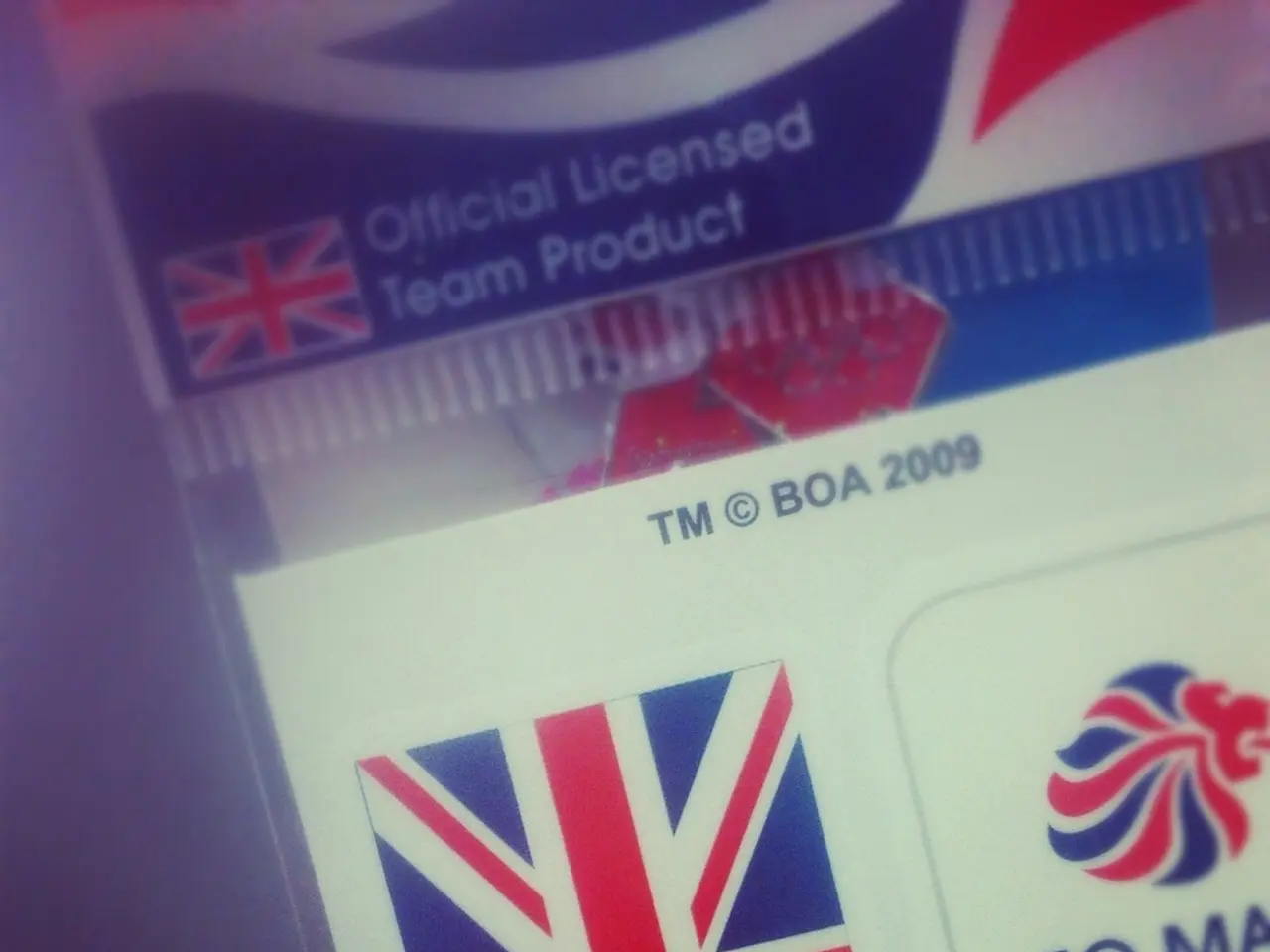Launches of Digital Products - Essential Minimum Features and User Experience
In the realm of business innovation, launching a Minimum Viable Product (MVP) is a strategic move that requires careful consideration. The success of an MVP hinges on several factors, ensuring a balance between speed to market, product viability, and market readiness.
Product Viability and User Experience (UX):
The MVP must be functional, usable, and valuable to the target audience from the get-go. While minimal, it should provide a complete user journey within its limited scope—allowing users to accomplish meaningful tasks without feeling the product is unfinished or broken. Prioritising the most critical features that solve the primary user problem is key, ensuring these features are high-quality and polished rather than having many buggy features.
Market Conditions and Timing:
Launch when the target market is most receptive—for example, when users are particularly focused on the problem your product addresses and not during busy or low-attention periods. Competitive dynamics and user availability also impact launch timing to maximise adoption potential.
User Feedback and Iterative Improvement:
An MVP should facilitate validated learning through user feedback. Early launches through beta programs or early access can build relationships with advocates, who provide insights to improve UX and feature priorities before a broader launch.
Market Research and Validation:
Conduct thorough market research to understand the problem space, target user needs, and competitive landscape. Define your success metrics and hypotheses clearly to measure if the MVP meets core user needs and market acceptance.
Maximising UX and Potential Returns on Investment:
- Focus on quality within scope: Deliver a smooth, user-friendly experience for the MVP’s limited features, making early users willing to adopt and provide feedback.
- Complete user journeys: Ensure users can complete entire meaningful processes to demonstrate clear value.
- Communications and Education: Use content marketing and educational materials to help users understand the problem and how your solution differs from others. This enhances engagement beyond just feature promotion.
- Leverage Social Proof: Build trust by showcasing early successes, testimonials, influencer endorsements, and usage metrics that signal value and reliability.
- Agile development: Employ agile methodologies for rapid bug fixing and incremental feature improvements based on user feedback, improving UX continuously and efficiently.
Considering Pricing Models and Target Market (Consumer vs. Enterprise):
The pricing strategy must align with your MVP's stage and market. For consumer markets, consider simple and transparent pricing or freemium to attract users quickly. For enterprises, pricing should reflect product value, support, and long-term relationships, possibly validating this during pilot phases.
In summary, launch your MVP when it delivers a polished, minimum core user experience, the market conditions are favourable for attention and adoption, and you have a process in place to gather feedback for rapid iterations. Tailor your UX and pricing strategies carefully to your target market—consumer or enterprise—to maximise early engagement and ROI while building toward scalable growth.
It's important to note that entering the major enterprise market may not be feasible with a low-price strategy due to larger competition marketing budgets. To compete on price, it's beneficial to define a different market from successful competitors. In the corporate environment, it's easier to quantify the value of a product and pay a higher price.
Implementing a free-to-use model requires ensuring that paying customers can cover the costs of supporting it. If a product is sold at a loss of $5 per unit and sells 100,000 copies, the business may not be sustainable. Choosing the right pricing strategy must align with your MVP's stage and market.
- In order to ensure the success of a Minimum Viable Product (MVP), it's crucial to focus on ui design, creating a polished and user-friendly experience that prioritizes essential features, providing a smooth user journey.
- To maximize the potential returns on investment (ROI), the MVP should facilitate user research, gathering feedback through early launches and beta programs, using the insights to improve the user experience (UX), and refining feature priorities.





